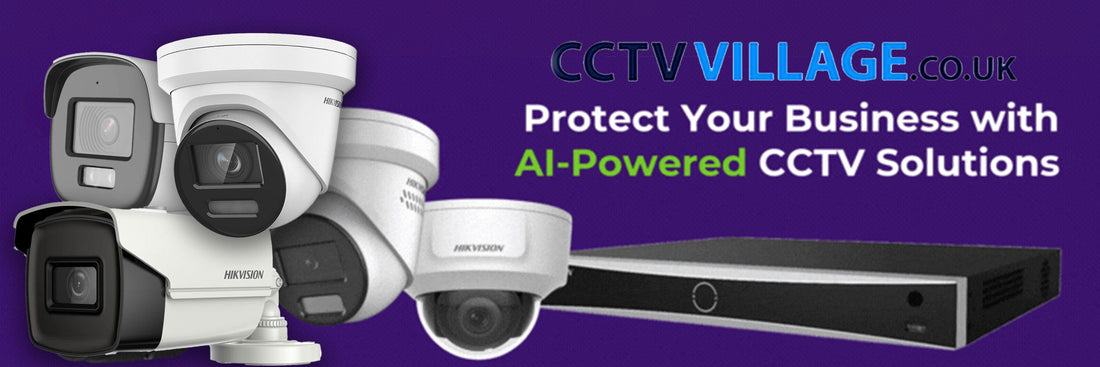Introduction
In recent years, Closed-Circuit Television (CCTV) technology has witnessed significant advancements, transforming the landscape of surveillance and security. As we look ahead, the evolution of CCTV is poised to continue, driven by technological innovations and societal demands. This article explores some of the key future trends in CCTV technology, offering insights into how these advancements will shape the future of surveillance.
1. High-Resolution Imaging
One of the most notable trends in CCTV technology is the continued enhancement of image resolution. Ultra-high-definition (UHD) and 4K cameras are becoming increasingly common, providing sharper and more detailed images compared to traditional CCTV systems. In the future, we can expect even higher resolutions, enabling surveillance systems to capture finer details over larger areas, enhancing identification capabilities, and improving overall security.

2. Artificial Intelligence (AI) Integration
The integration of AI into CCTV systems is revolutionizing surveillance capabilities. AI-powered analytics can automatically detect and track objects, recognize faces, and identify unusual behaviors in real-time. As AI algorithms continue to advance, future CCTV systems will offer more sophisticated features, such as predictive analytics for proactive threat detection and automated decision-making capabilities.
3. Edge Computing and Processing
Edge computing, which involves processing data closer to its source rather than relying on centralized servers, is poised to become increasingly prevalent in CCTV systems. By performing video analytics and processing at the edge of the network, CCTV cameras can reduce latency, conserve bandwidth, and improve overall system reliability. This trend towards edge computing will enable faster and more efficient real-time surveillance applications.
4. IoT Integration and Connectivity
The Internet of Things (IoT) is revolutionizing the way CCTV systems operate and communicate. In the future, CCTV cameras will be seamlessly integrated into larger IoT ecosystems, allowing them to interact with other smart devices and sensors. This connectivity will enable enhanced situational awareness, automated response capabilities, and improved integration with smart city infrastructure.
5. Enhanced Privacy Features
With increasing concerns about privacy and data protection, future CCTV systems will incorporate enhanced privacy features to address these issues. This may include anonymization techniques to protect individuals' identities, robust encryption protocols to secure data transmission, and strict access controls to prevent unauthorized viewing of surveillance footage. By prioritizing privacy, future CCTV systems can strike a balance between security and civil liberties.
6. Environmental Sustainability
As sustainability becomes a growing priority, future CCTV systems will focus on reducing their environmental footprint. This may involve the use of energy-efficient components, solar-powered cameras, and eco-friendly materials in manufacturing. Additionally, advancements in battery technology and power management will enable CCTV systems to operate for extended periods without requiring frequent maintenance or replacement.

Conclusion
The future of CCTV technology holds immense promise, with innovations ranging from high-resolution imaging and AI integration to edge computing and IoT connectivity. These advancements will not only enhance the effectiveness of surveillance and security measures but also raise important questions about privacy, ethics, and sustainability. By embracing these future trends responsibly, we can harness the full potential of CCTV technology to create safer and more secure environments for all.

